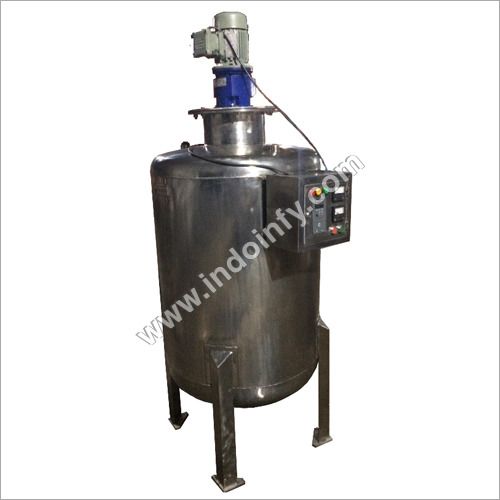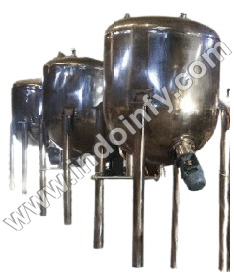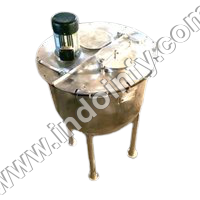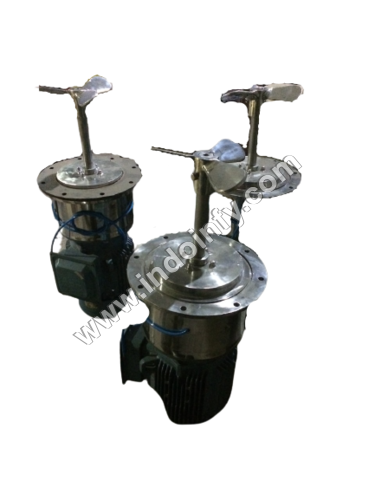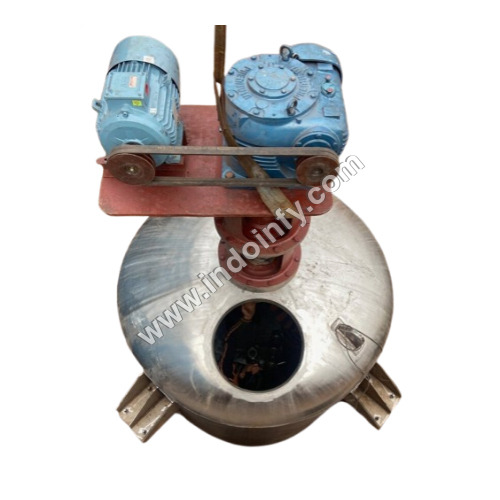
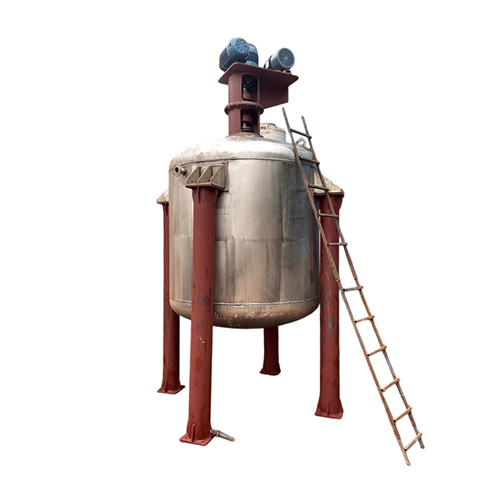
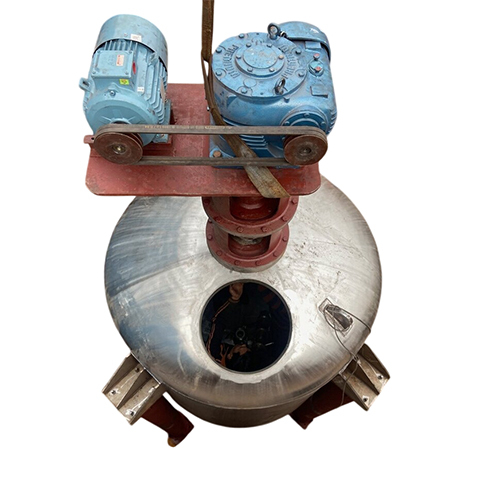
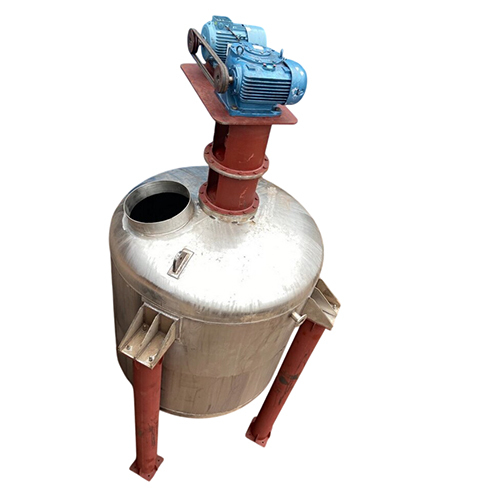
Chemical Reactors
01 आईएनआर/Unit
उत्पाद विवरण:
X
मूल्य और मात्रा
- 1
व्यापार सूचना
उत्पाद विवरण
A chemical reactor is a vessel or system used to carry out chemical reactions, typically in a controlled environment, to produce desired chemical products. Chemical reactors are essential in industries such as pharmaceuticals, petrochemicals, food and beverages, and environmental management. The design of a chemical reactor is influenced by factors like reaction kinetics, temperature, pressure, mixing efficiency, and the nature of the chemicals involved.Types of Chemical Reactors:
There are several types of chemical reactors, each designed for specific reaction conditions:
Batch Reactors:
Function: In a batch reactor, all reactants are loaded into the reactor at the beginning of the process. The reaction occurs over a period of time, and the products are removed once the reaction is complete.
Characteristics: Batch reactors are flexible and used for small-scale production, custom formulations, or research purposes. The reaction time is controlled, and conditions can be adjusted during the process.
Applications: Pharmaceutical manufacturing, specialty chemicals, and food processing.
Continuous Reactors:
Function: In continuous reactors, reactants are fed continuously into the reactor while the products are removed continuously. This process operates over long periods of time.
Characteristics: Continuous reactors are designed for large-scale production, providing more consistent output. They offer higher throughput compared to batch reactors.
Applications: Large-scale chemical manufacturing, petrochemical industries, and power generation.
Semi-Batch Reactors:
Function: A semi-batch reactor is a combination of both batch and continuous reactors. Reactants are added continuously or incrementally during the reaction, while products may be removed intermittently.
Characteristics: Offers more control over reaction rates and is used when it's necessary to control the reaction or introduce reactants in stages.
Applications: Fine chemicals, polymers, and certain bioengineering processes.
Plug Flow Reactors (PFR):
Function: In a PFR, the reactants move through the reactor as a "plug" or "slug," with minimal mixing in the direction of flow, allowing for a uniform flow of reactants.
Characteristics: Often used for gas-phase reactions or when a steady, continuous flow is required. It's designed to provide high conversion rates for reactions with fast kinetics.
Applications: Petrochemical industries, refineries, and large-scale production of chemicals.
Stirred Tank Reactors (STR):
Function: A stirred tank reactor is a type of vessel with mechanical agitation or stirring to ensure that the reactants are well mixed throughout the reaction process.
Characteristics: STRs provide excellent control over temperature, pressure, and mixing, and are flexible for handling different types of reactions.
Applications: Widely used in the pharmaceutical, food and beverage, and chemical industries for both batch and continuous processes.
Key Factors in Chemical Reactor Design:
Reaction Kinetics: The rate at which reactants are converted to products, often influenced by temperature, pressure, and concentration. Reactors are designed to optimize these factors to achieve the desired rate of reaction.
Temperature and Pressure Control: Many reactions require precise control of temperature and pressure to ensure optimal reaction rates and product yield. Reactors are equipped with heating and cooling systems, and some may be designed to withstand high pressures (e.g., for gas-phase reactions).
Mixing: Proper mixing is critical for ensuring uniform reaction conditions. The degree of mixing depends on reactor type, with some reactors having mechanical stirrers, while others use fluid flow patterns like in PFRs.
Residence Time: The time the reactants spend in the reactor affects the extent of the reaction. A longer residence time may be needed for slower reactions, while fast reactions may require short residence times.
Catalysis: Many reactions in chemical reactors are catalyzed (using a substance to speed up the reaction). Catalysts can be either heterogeneous (solid) or homogeneous (liquid or gas), and the design of the reactor will vary depending on the type of catalyst used.
Heat Transfer: Many reactions either absorb or release heat. Effective heat management ensures the reaction occurs at the desired temperature and prevents temperature fluctuations that could affect product quality.
Common Applications of Chemical Reactors:
Petrochemical Industry: To produce fuels, plastics, and other byproducts from crude oil.
Pharmaceuticals: In the synthesis of drugs, biologics, and specialty chemicals.
Food Processing: For fermentation, cooking, or other processes that require controlled chemical reactions.
Environmental Applications: Wastewater treatment and air purification processes, where chemical reactors help neutralize pollutants or manage waste.
Reactor Selection Criteria:
The choice of reactor depends on several factors, including:
The reaction type (exothermic or endothermic)
The required reaction time
The desired product yield
Scale of production (lab-scale, pilot plant, or full-scale production)
Cost-effectiveness and safety considerations
In summary, chemical reactors are designed to facilitate controlled reactions in a safe and efficient manner. The reactor type and design chosen depend on the reaction's nature, desired product, and operational requirements.
Is there a specific type of chemical reactor or an application you're curious about? I'd be happy to dive deeper into it!
Tell us about your requirement

Price: Â
Quantity
Select Unit
- 50
- 100
- 200
- 250
- 500
- 1000+
Additional detail
मोबाइल number
Email






